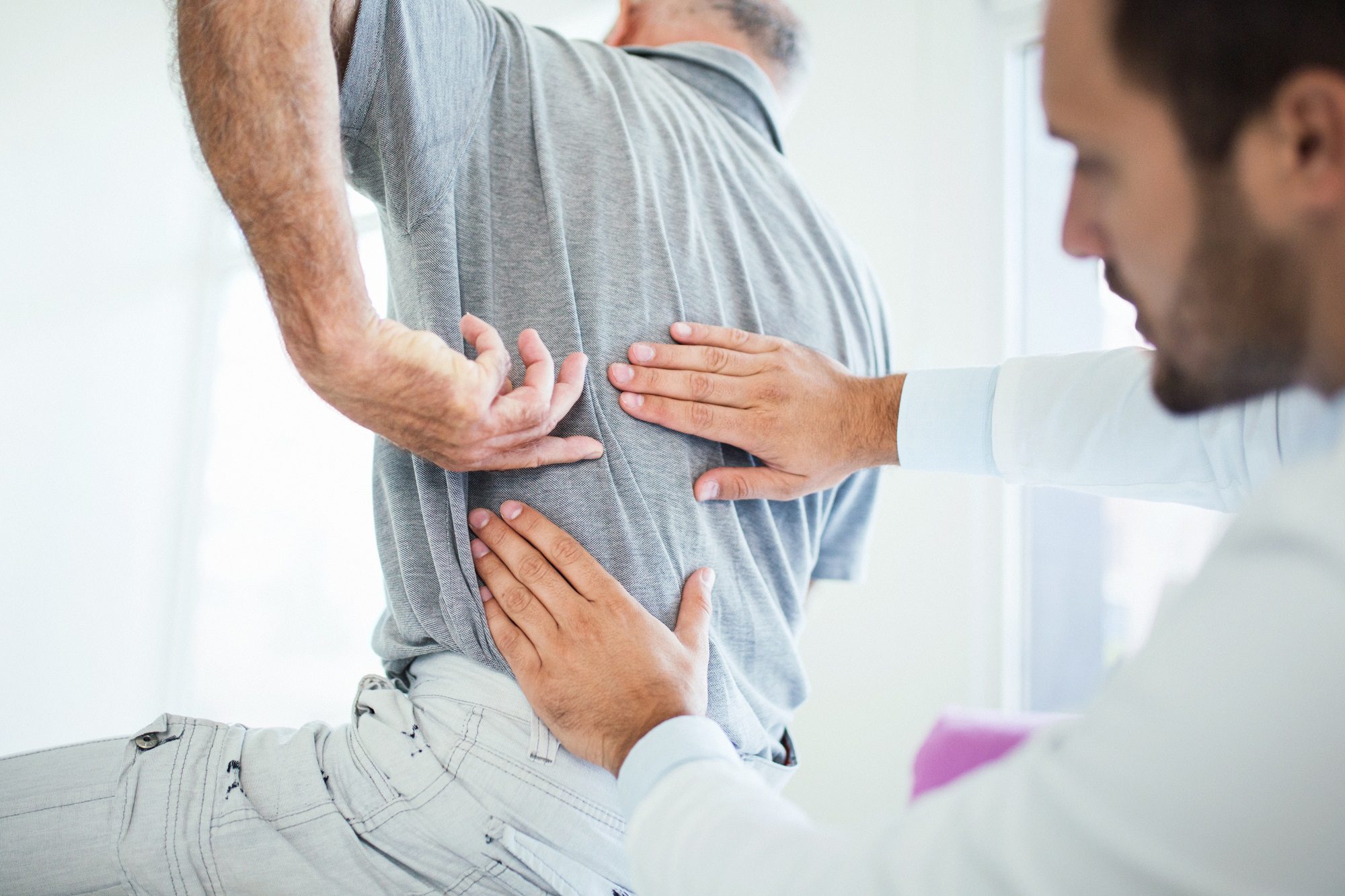In October 2022, Jerry and his wife sat down with Anand Joshi, MD, MHA, a physical medicine and rehabilitation specialist with the Emory Orthopaedics & Spine Center, to discuss how a SPRINT® peripheral nerve stimulator might offer some benefit. After many years of physical labor, Jerry experienced wear and degeneration in his spine that caused his pain. This device also aided in strengthening his back core muscles.
 “We think a common reason people have back pain is that their core muscles are not as strong as they need to be,” Dr. Joshi says. “A peripheral nerve stimulator can help patients achieve strength above and beyond what a core strengthening program with a physical therapist can do.”
“We think a common reason people have back pain is that their core muscles are not as strong as they need to be,” Dr. Joshi says. “A peripheral nerve stimulator can help patients achieve strength above and beyond what a core strengthening program with a physical therapist can do.”
The process behind implanting this 60-day treatment is simple. The 45-minute, minimally invasive procedure uses a local anesthetic. Doctors insert a wire the size of a sewing thread two to three inches into the patient’s back using X-ray and ultrasound guidance. That wire rests within the core muscles that support the spine. Doctors then connect the other end of the wire to a remote control-powered transmitter worn outside the body. Patients send electrical impulses for six to 12 hours daily to prompt the core muscles to reduce the pain by contracting and strengthening.
Unlike many treatments for low back pain, a peripheral nerve stimulator could help almost anyone with this chronic issue. Patients with pacemakers or metal implants from previous surgeries should talk with their doctors about whether it’s safe to use this device. Dr. Joshi says Jerry was a near-perfect candidate, mainly because all other treatment options had failed.
According to Jerry, the pain relief was nearly immediate. And he has remained largely pain-free even after removing the peripheral nerve stimulator. Several weeks post-procedure, Jerry says he’s still enjoying 75% pain relief.
“I had the procedure done, and the pain in my hips went away that day. It was that fast, and the pain that went up my right side eased up a lot,” he says. He’s recommended the procedure to others in his physical therapy group. “Since Dr. Joshi removed the stimulator, I’ve felt much better. My wife and I had cut out travel, exercise — everything. Now, I can get my chainsaw out to work in the yard, and I need to start going to the gym. It’s a miracle.”



 “We think a common reason people have back pain is that their core muscles are not as strong as they need to be,” Dr. Joshi says. “A peripheral nerve stimulator can help patients achieve strength above and beyond what a core strengthening program with a physical therapist can do.”
“We think a common reason people have back pain is that their core muscles are not as strong as they need to be,” Dr. Joshi says. “A peripheral nerve stimulator can help patients achieve strength above and beyond what a core strengthening program with a physical therapist can do.”

